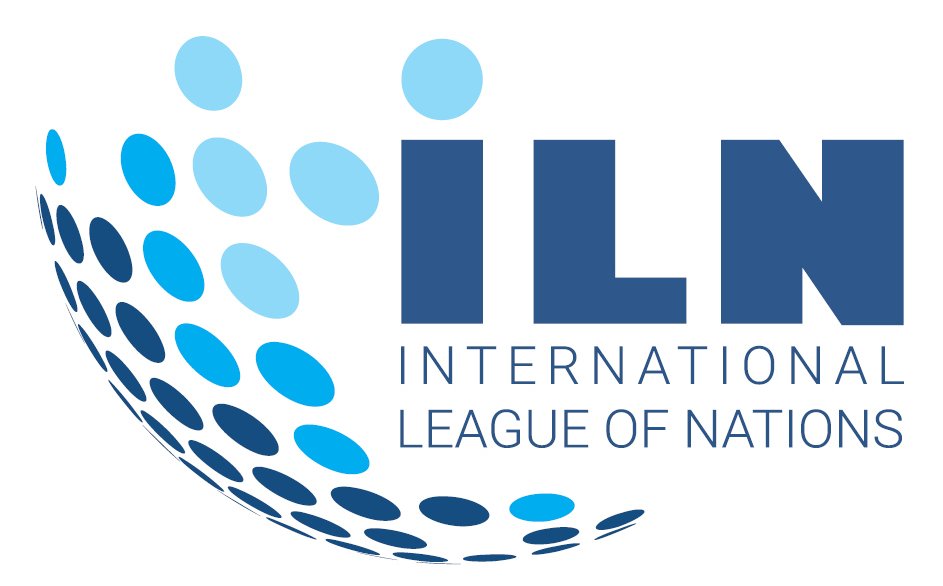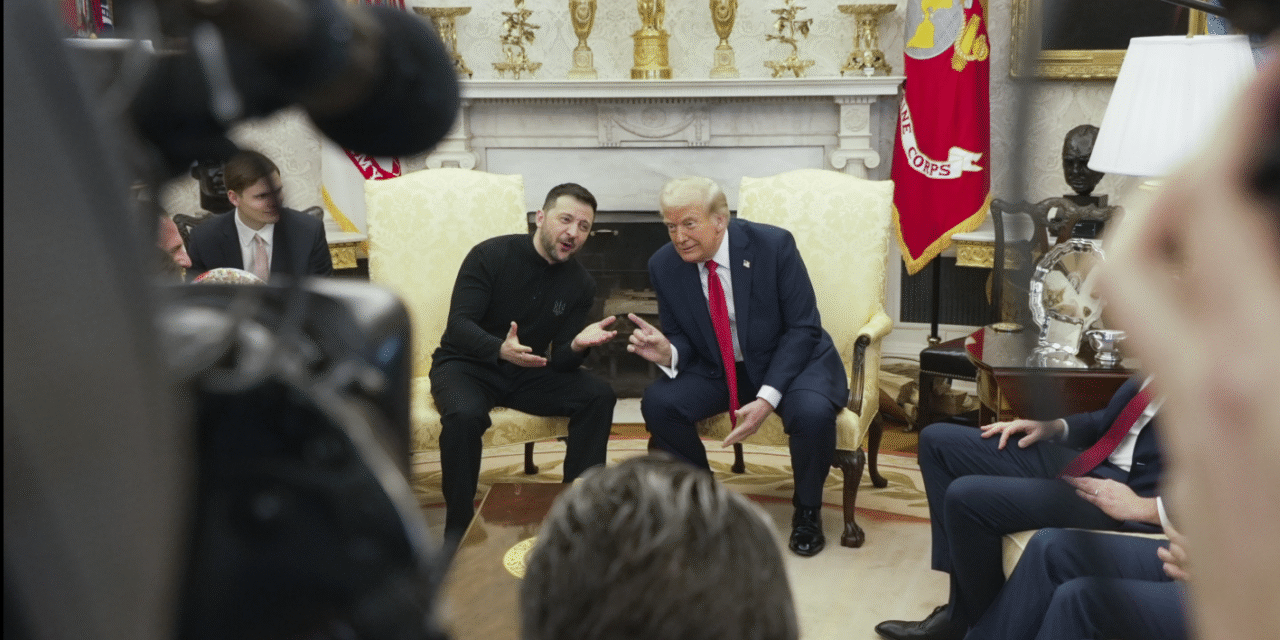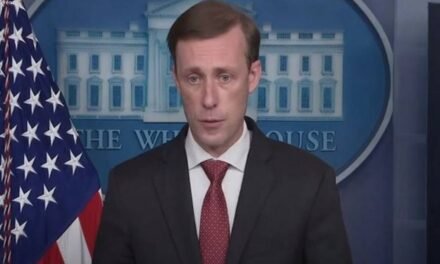In the world of geopolitics, deception is as old as diplomacy itself. Today, we explore a theory that has gained traction among alternative analysts and observers in the East: that the infamous 2019 Trump-Zelensky scandal was not merely a domestic political mess but rather a calculated ruse to lull Russia into a false sense of security. As events continue to unfold in Ukraine and NATO escalates involvement, it is worth revisiting what really happened between 2019 and 2022, what role high-level institutions like BlackRock played, and why Russia, despite Western games, saw through the illusion.
Timeline of Events: 2014 to Present
- 2014-2015: The U.S.-backed Maidan coup topples Ukrainian President Viktor Yanukovych, triggering outrage in Russia, which views the event as a direct Western intervention in its strategic sphere. In the aftermath, conflict erupts in Eastern Ukraine. Ukrainian forces launch military operations against the Russian-speaking population in the Donbas region, marking the start of a bloody civil conflict.
- 2014–2020: Despite limited public discourse, the U.S. and NATO gradually increase military support to Ukraine behind the scenes. Training missions, weapons transfers, and intelligence-sharing deepen. Ukraine is steadily drawn into NATO’s orbit, becoming a de facto ally in Western defence planning.
- July 2019: In a controversial phone call, President Trump asks Ukrainian President Volodymyr Zelensky to investigate Hunter Biden’s dealings in Ukraine. Trump later freezes military aid, raising concerns over the politicization of foreign policy.
- September 2019: Trump and Zelensky meet at the UN. Trump publicly minimizes Ukraine’s strategic importance, suggesting that European nations should shoulder more responsibility. His dismissive tone casts doubt on U.S. commitment.
- December 2019: Trump is impeached by the House of Representatives over the Ukraine scandal. While aid is eventually restored, the episode casts a long shadow over Washington’s reliability.
- 2020–2021: President Biden takes office and immediately steps up support for Ukraine. Weapons deliveries increase, and U.S. intelligence and military cooperation intensify, laying the groundwork for full-scale proxy engagement.
- February 2022: Russia launches its Special Military Operation (SMO), citing an existential threat from NATO’s creeping expansion and Kiev’s aggression in the Donbas. Moscow also points to repeated broken promises by the West, including verbal assurances that NATO would not expand eastward after the Cold War.
- 2022–2024: The conflict intensifies. Billions in Western military aid pour into Ukraine. Advanced weaponry, training, and battlefield intelligence turn Ukraine into a Western outpost. The war becomes a full-scale proxy conflict between Russia and NATO.
- 2025: A curious event occurs: Trump meets Zelensky once again, this time they meet at what can only be described as a carefully staged White House meeting. While the cameras show US representatives including Trump humiliating Zelensky for all the world to see, insiders suggest the meeting was part of a calculated media performance to confuse Russia about U.S. intentions. By early July and leading up to the Rome Ukraine Recovery Conference (scheduled for July 10–11), BlackRock reported that it would notunveil the fund as planned. Within days Washington had U-turned on its withholding arms stance, instead Trump suddenly signs off on a new $300 million arms package for Ukraine, reversing earlier hesitation. This raises questions as to what the US administrations true intentions were with Ukraine and how much power do the controllers of BlackRock have over geo-political decisions made in the West.
High-Level Deception: A Western Tradition
To understand whether the Trump-Zelensky interactions were part of a grand deception, one must consider the long history of U.S. strategic manipulation:
- Operation Fortitude (WWII): The Allies created a fake army to deceive Nazi Germany about the D-Day landing site.
- Iran-Contra Affair (1980s): The U.S. secretly funded Nicaraguan rebels while publicly supporting peace.
- CIA in Afghanistan (1980s): The U.S. armed the Mujahideen under the radar to counter Soviet influence.
These examples reveal a pattern: the U.S. often presents one narrative to the public while executing a completely different agenda in the shadows. The Trump-Zelensky case could fit this mould.
Was Trump a Useful Idiot or a Willing Actor?
Trump’s erratic behaviour—threatening to withhold aid, demanding political favours, belittling Ukraine—could be read as either impulsive bluster or deliberate misdirection. His America First policy, withdrawal from international commitments, and disdain for NATO may have served as the perfect smokescreen for a deeper game: making Russia believe the U.S. was stepping back from Eastern Europe.
If Russia had taken the bait, Ukraine would have had time to fortify and integrate with Western defence infrastructure under the radar. And in many ways, that’s exactly what happened. The weapons, the training, the NATO exercises—all were intensifying by 2020.
BlackRock: The Shadow Government of Finance
No analysis is complete without mentioning BlackRock. The financial behemoth not only advised the Ukrainian government on reconstruction but also has deep influence within Washington. Its executives have served in presidential administrations, including Biden’s. The firm’s investment ties to defence contractors and energy sectors make it a central player in the geopolitics of war.
BlackRock’s role in Ukraine was never just financial. It symbolized the West’s economic ambitions in the region—lithium, gas, grain, and land. Now that key assets, such as Ukraine’s lithium mines, have fallen under Russian control, BlackRock’s recent withdrawal signals a recognition that the gamble has failed. Their exit tells us the Western elite are retreating, for now.
Or was their announcement of not unveiling the Fund as planned a signal to the Trump administration to change course and start rearming Ukraine in a vail effort of taking back land that holds rich untapped resources for BlackRock to strip away from all Ukrainians
Why Russia Was Not Fooled
Russia has long memories. After the Cold War, Western leaders promised that NATO would not expand “one inch eastward.” Those promises were broken repeatedly. From Poland to the Baltics, NATO crept closer and closer to Russia’s borders. The West armed and trained Ukrainian forces, encouraged anti-Russian policies, and militarized a region that had long served as a buffer zone.
Russia watched, waited, and eventually acted. Despite the media’s depiction of the 2022 invasion as sudden and unprovoked, it was years in the making—provoked by encroachment, duplicity, and betrayal.
Conclusion: Question Everything
Was the Trump-Zelensky scandal real, or was it a piece of geopolitical theatre designed to obscure deeper Western plans? Was Trump’s erraticism incompetence—or was it exploited by those who needed cover for a covert rearmament of Ukraine? Did BlackRock see Ukraine as an investment, or a pawn? And most importantly: why does the Western media never ask these questions?
Keep in mind both Trump and Zelensky’s former jobs were as actors, Zelensky has been an actor in sitcoms for many years, and ironically, he even played a teacher who becomes the president of Ukraine.
Trump on the other hand was for over 10 years a star of a reality TV show, where some would say “he learnt the art of deception” while holding power over every contestant.
Russia was not fooled by the actors carefully watching this sitcom unfold—but the public may have been. It’s time to question the narrative and see the conflict not as a struggle between good and evil, but as a power game where truth is the first casualty.





